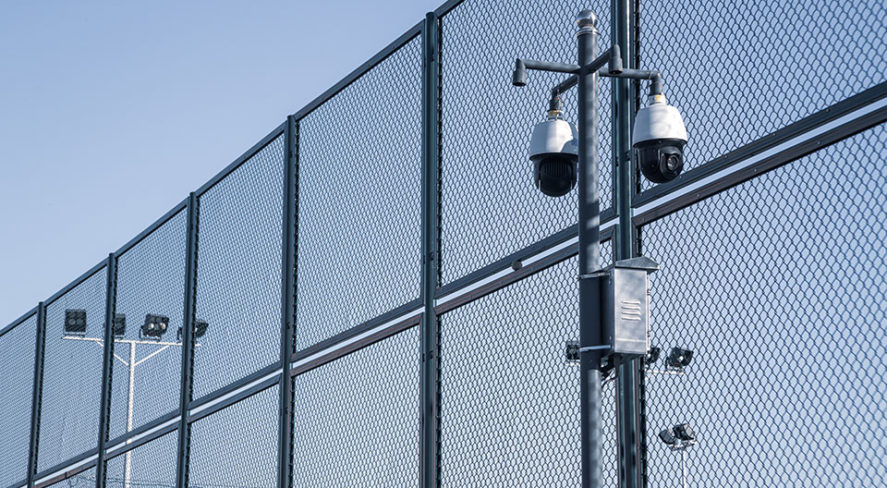Bill Would Require Federal Prisons to Upgrade to Video Surveillance, Radio and Public Address Systems

Prison Camera Reform Act responds to Justice Department concerns with insufficient camera coverage, inoperable cameras, footage quality, inadequate video retention and system interoperability challenges.
Updated Jan. 25, 2023
S. 2899 – The Prison Camera Reform Act of 2021 – which cleared the House floor on Dec. 14, 2022 – was signed by President Joe Biden on Dec. 27 and is now law.
The important measure will require the Federal Bureau of Prisons (BOP) to plan, and implement, upgrades to the prison security camera and radio capabilities to maintain safe BOP facilities by deterring abuse and misconduct.
In 2016, the Office of the Inspector General for the Justice Department issued a report identifying numerous inadequacies in the BOP’s enterprise-wide security camera system.
Despite completing a multiyear project in June of 2021 to upgrade cameras at 45 (37%) of its 122 institutions, the OIG’s Evaluation and Inspections Division issued a Management Advisory Memorandum in October of last year warning of the continued need for significant infrastructure and equipment upgrades for the BOP to transition from an outdated, analog system to a modern, fully digital system.
The Justice Department OIG has cited inoperable cameras, an insufficient number of cameras and insufficient camera coverage, poor-quality footage, inadequate video storage and camera system incompatibility as major obstacles in ensuring the safety of its 38,000 staff and 155,000 inmates. The OIG found that the bureau’s camera system failed to capture misconduct incidents, and created impediments for investigations into sexual assaults, civil rights violations, contraband interdiction and inmate deaths.
S. 2889 will require the bureau to review the security camera, land mobile radio and public address systems used in its facilities and submit a plan for upgrades within 90 days of enactment. The plan must include ways to upgrade systems for increased recording storage and easier accessibility for courts and investigators; convert cameras from analog to digital and address the insufficient number of cameras and radios – in particular, radios lacking emergency notification functions.
BOP will have to provide Congress with a three-year strategic plan highlighting upgrade prioritizations and cost projections for implementation within three years of enactment. Once the BOP submits the strategic plan, the BOP will have three years to complete the submitted plan with annual progress reports to Congress required.
